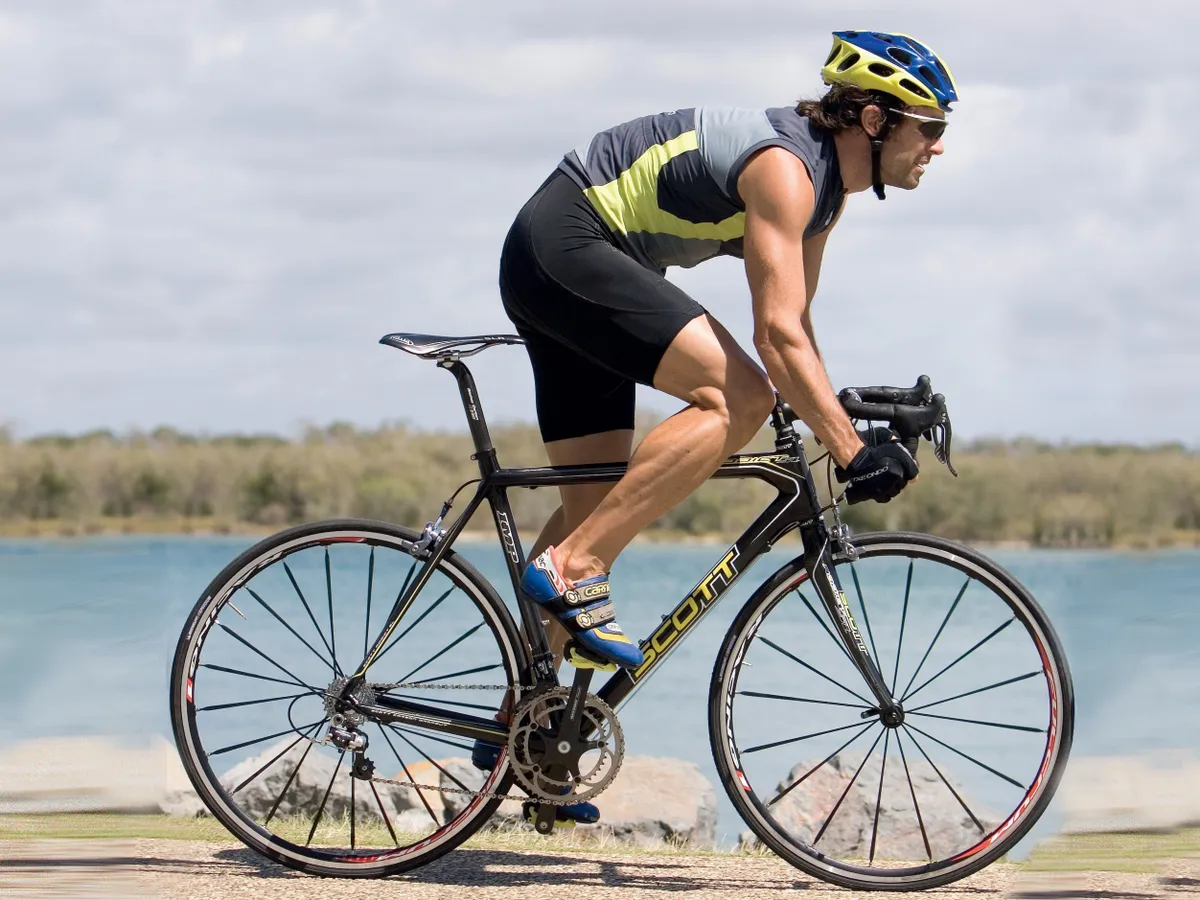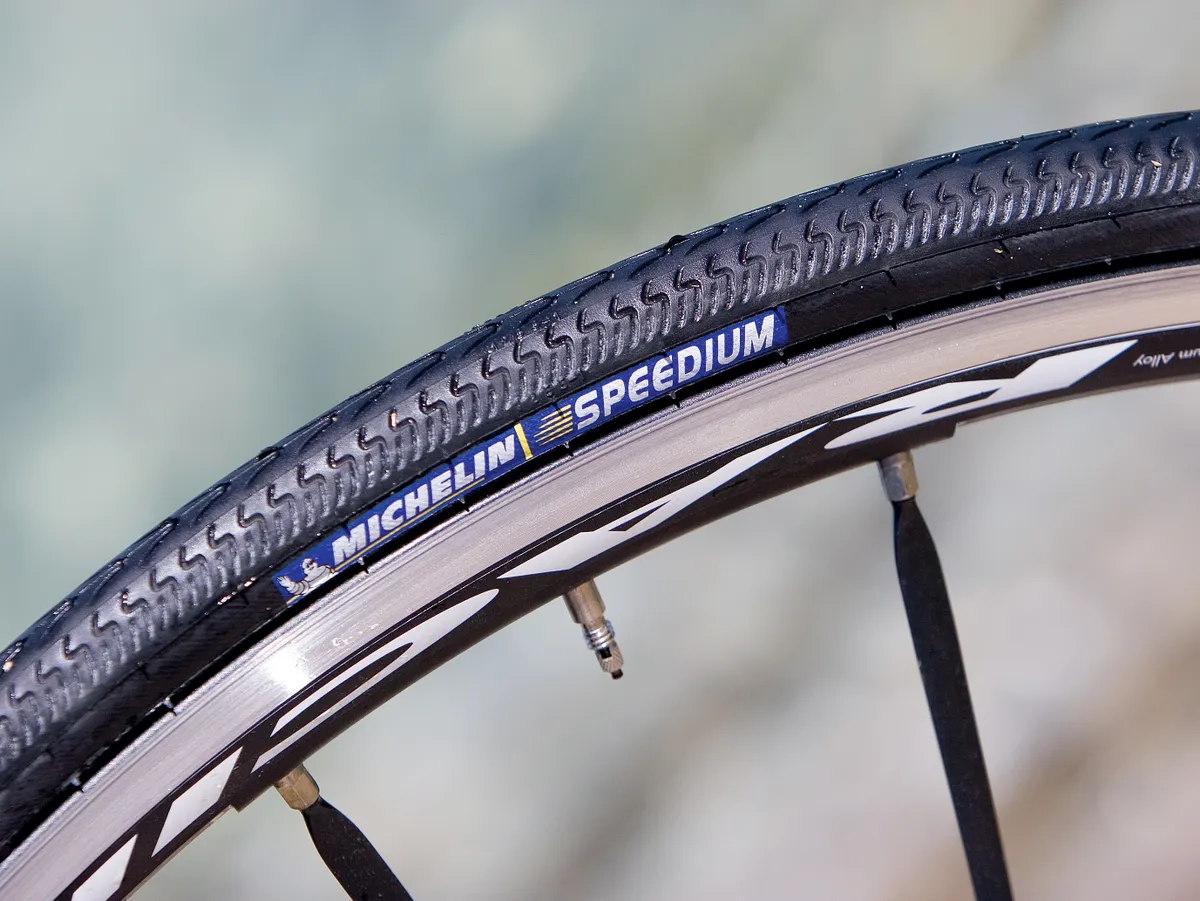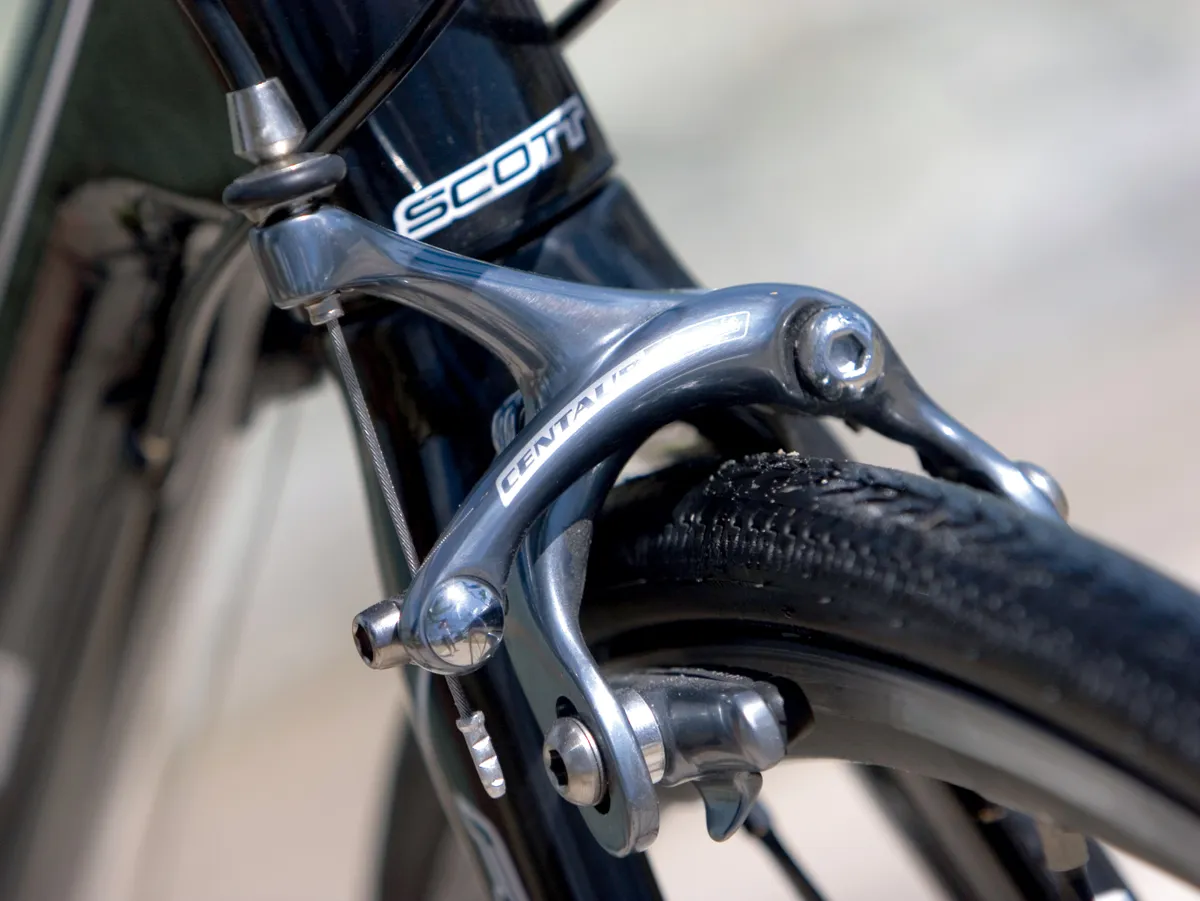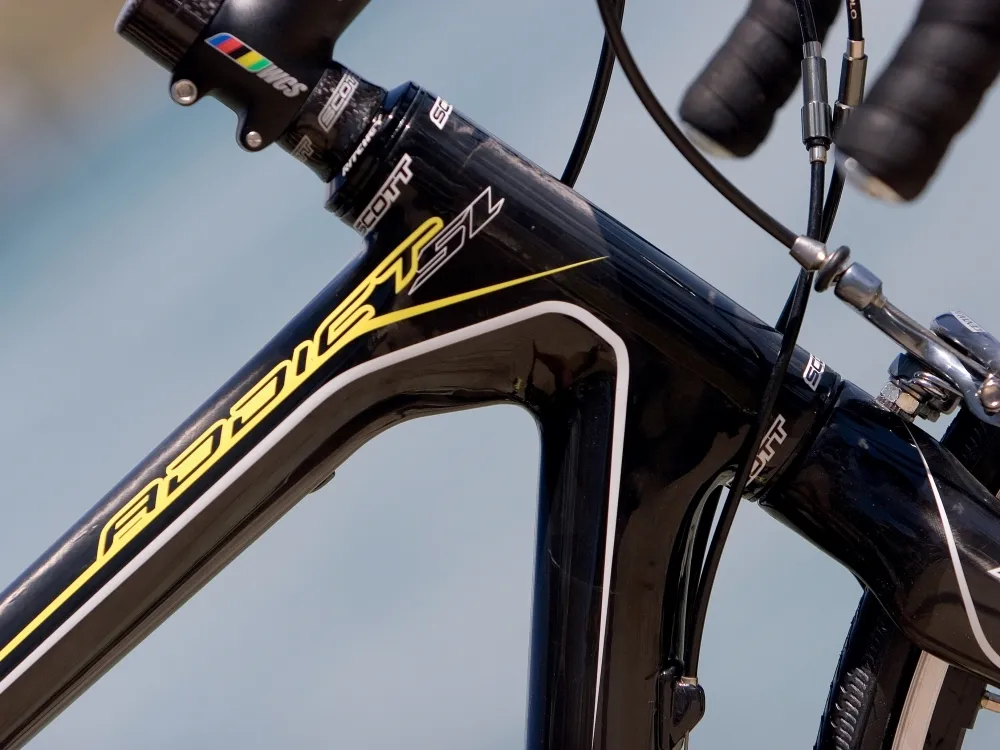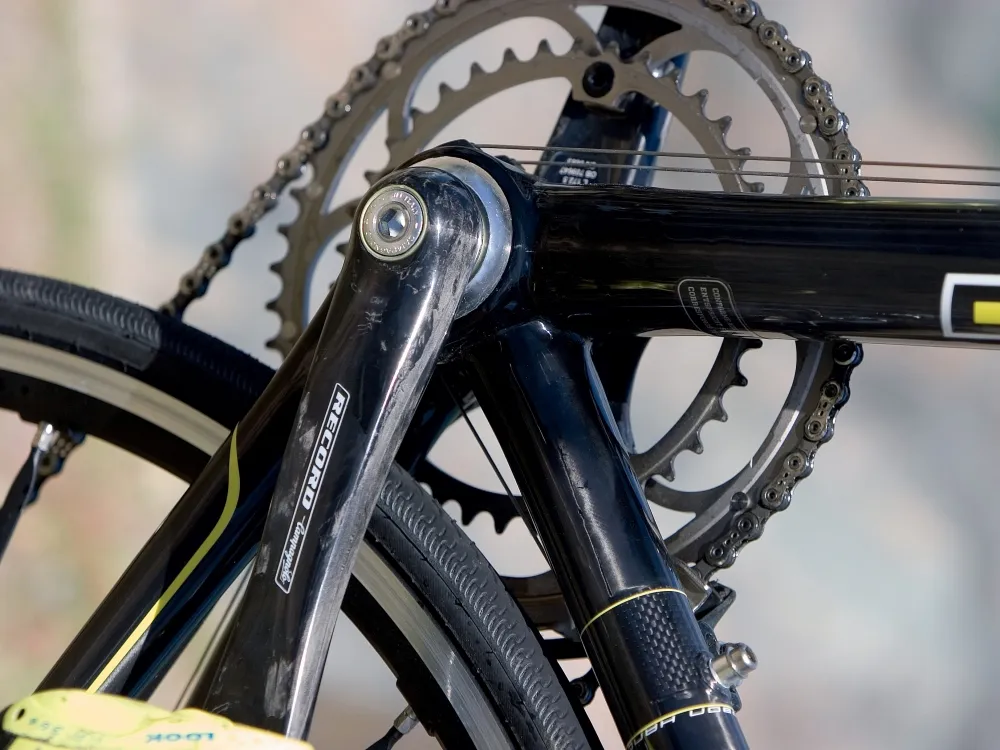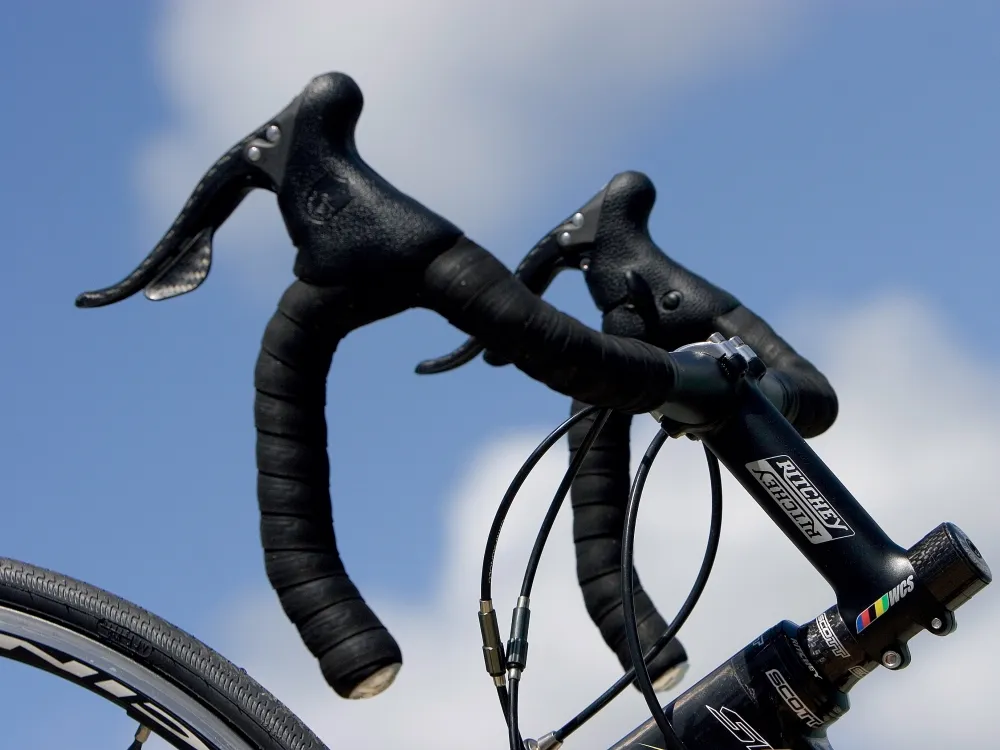Before leaving the falling temperatures of Europe for my annual stay in Australia, the Procycling team decided that I should test at least two bikes in Queensland, Australia - where it feels like summer year round.
So, instead of having to get up before dawn and make my way to the airport for an early morning flight to Spain or Italy, and then rushing through the day to get some good photos, the delivery address for the test bike was changed from Cologne, Germany, to the Noosa Bike Shop in sunny Queensland, allowing me the small luxury of taking my time to get there - well, as much luxury as a non-stop, long-haul flight from Germany to Australia entails!
Upon arrival, my first thought was just how warm it was. To make things even better, I was assured by my host that the weather during my trip would be "beautiful one day, perfect the next". Clearly, the testing and photo sessions were - rather like the Queensland lifestyle - going to be easy going and fun!
It's a great looking, super light, thoroughbred race bike
The first bike to arrive was the Scott Addict SL - which, at 790 grams, is the lightest production frame in the world. The customs officials at Brisbane Airport must've taken quite a liking to it, seeing as how they had done a pretty good job of unpacking and inspecting it, along with everything else that was in the box. Even the plastic bag containing the Time titanium pedals was ripped open, and, somehow, I don't think our friends at Scott would have been too impressed with the way it was repackaged either! The main bike box had a few big holes in it, too, and I wasn't totally convinced that I would be able to repack everything properly into the same bit of shredded cardboard once the test was over.
But, as they are rather fond of saying in Oz, "No worries!" I knew that everything would fall into place, just as soon as I was out riding in the sun.
I set up the bike on a Tuesday, because I'd been reliably informed that Wednesday was the day that the local club does 'Cudgerie' - a ride which I'd been invited to join them on. It's probably the hardest mid-week ride they do, and includes a seriously steep climb, meaning the super-light Scott would be perfect - or so I thought. Unfortunately, when I awoke on the day of the ride, it was bucketing down outside, so I decided to postpone my ride and the Addict sat in the garage for another week. So much for that weather forecast!
Walking past the Scott day after day, two details that I'd noticed soon after removing it from the box began to annoy me. At first glance, it's an unmistakeably great looking, super-light thoroughbred race machine - and, as I said before, the lightest production road frame in the world, according to Scott. As such, you would reasonably expect it to be equipped with the very finest components.
But upon closer inspection I noticed that my particular test bike had been fitted with Campagnolo's cheap Centaur brakes. Why would anyone do this? After a bit of investigation, I discovered that Campagnolo hadn't managed to deliver their 2007 groupset to Scott in time for the test. To be fair, though, the performance of the brakes did not cause me any problems, they just looked somewhat out of place on such a lightweight and expensive racing frame.
Of far greater concern to me, though, was the choice of tyres: Michelin Speedium rubber! On the side of each tyre it even says: 'Inflate to 6-7.5 bar'. I really couldn't understand this. I mean, to make a comparison, who would dream of equipping a 300bhp Porsche or Ferrari with skinny 15-inch steel wheels and plastic wheel covers? No one would, of course. I was at a complete loss to understand why anyone buying a top-level racing bike like the Addict would want it equipped with heavy, puncture-proof tyres that create excessive rolling resistance. If you equip your bike with a set of good race tyres and pump them up hard, you can save at least 30 watts at 45kph on a flat road!
Due to the bizarre component choices, my first impression when I took the Scott for a quick spin around the block was far from perfect. But, with my own Zipp wheels and Schwalbe racing tyres fitted and inflated to nine bar, things were much improved, and the Scott even felt like it might even take off at any moment. This proved again that, no matter how good a bike is, your first impressions of it will always be informed at least to some extent by the choice of wheels and tyres it comes with.
I finally met up with the Noosa club to take the Addict out and give it a proper testing over a steep climb they'd told me about. Even with the supplied Fulcrums and Michelin tyres, there was a huge difference between the lightweight Addict and the six-year-old aluminium frame I usually ride in Australia. Despite the fact that I had to correct the position of the front derailleur to prevent it from grinding on the chainring or getting hit by the crank, my enjoyment of the bike was immediate.
I felt the lightness of the bike with every pedal stroke, and the ease with which I was able to turn the Campagnolo carbon cranks over was almost scary. It's an exceptionally well-balanced bike too - stiff and responsive, but also comfortable in the saddle. On the few bumpy roads we followed, it was very comfortable, and even using my own wheels pumped up hard a few days later on the same loop, it was like the Addict was swallowing most of the roughness - it certainly hadn't just been down to the soft tyres.
A balanced frame, with no surprises when it comes to negotiation of fast or tight corners.
On the geometry side, this set-up is just what the market needs: a balanced frame, with no surprises when it comes to negotiation of fast or tight corners. Predictable handling and good response to any changes of direction made the Addict fun and safe to ride - even hitting 90kph on the way down The Range, as I later discovered the steep hill on the local club run was called. All of the other components on the bike were suitably high-end and complemented it well.
The Ritchey WCR carbon seatpost was topped off with a lightweight Selle Italia SLR saddle, which, when you're sailing this close to the UCI's 6.8kg rule, is about as comfortable as it gets. Logically enough, the Addict also came with a Ritchey handlebar and stem. The stem had the same WCR logo and the world champion colours, but at 140mm, was a bit too long for my taste. The anatomically formed handlebars were from Ritchey's Pro series. The Scott bar tape was both grippy and comfortable. In fact, it felt like it had a gel layer under it to create extra comfort, and was probably the nicest tape I've used. The frame was stiff, good looking and light enough. I don't think using carbon everywhere should become an obsession for manufacturers, and the Addict shows that I am not the only one who feels this way.

With regard to the Fulcrum Racing 1 wheels, I really like them in terms of comfort and handling, and the 21-spoke rear wheel is something different, with its 14 spokes on the chainring side, and seven on the other. Fat flat spokes might create the impression they are 'aero' too, but the 'hump' where each spoke is held in the rim by huge nipples, has a very sharp edge. On a rapidly rotating front wheel, these 16 'humps' must create quite a bit of wind resistance, and even on the back wheel, which is not as exposed, those 21 sharp edges must create some turbulence in the smoke when they are being wind-tunnel tested. This did not prevent the wheels from being light enough, stiff enough or reliable, but it did not really fit into the picture of the slick frame at the heart of the bike - and what a heart!
The down tube was pretty substantial, and the big yellow Scott sticker helped to make an immediate impact. The down tube flew into the directional tube where it met the top tube, almost creating a triangle - very stiff and beautiful. The top tube is slightly oval and created the impression that the rear triangle was coming straight out of it, which also made it very nice to look at.
The all-carbon drop-outs revealed their beauty only when I had to change the wheels, but just in case you happen to miss this detail, it's clearly pointed out on the rear triangle. The Integrated Carbon Molding Process (ICMP) sticker on the seat tube refers to the way the Addict's frame is produced. Last, but not least, the Scott carbon fork is nicely shaped to cheat the wind, and complements the overall performance of this great frame. Now go and put your own dream equipment on the Addict, choose a great set of wheels and tyres... and you too will be addicted!
Summary
Barely legal on the weight side, the Scott is definitely one of the finest carbon frames money can buy! Great acceleration and smooth handling make this pure racing frame a pleasure to use on all rides - and that includes the weekly club run to the local cake and coffee shop. Unfortunately, the overall impression of my test bike was somewhat clouded by the bizarre choice of brakes and tyres. Of course, if you were to buy one, you would be able to avoid these rather obvious mistakes by ordering better equipment...
